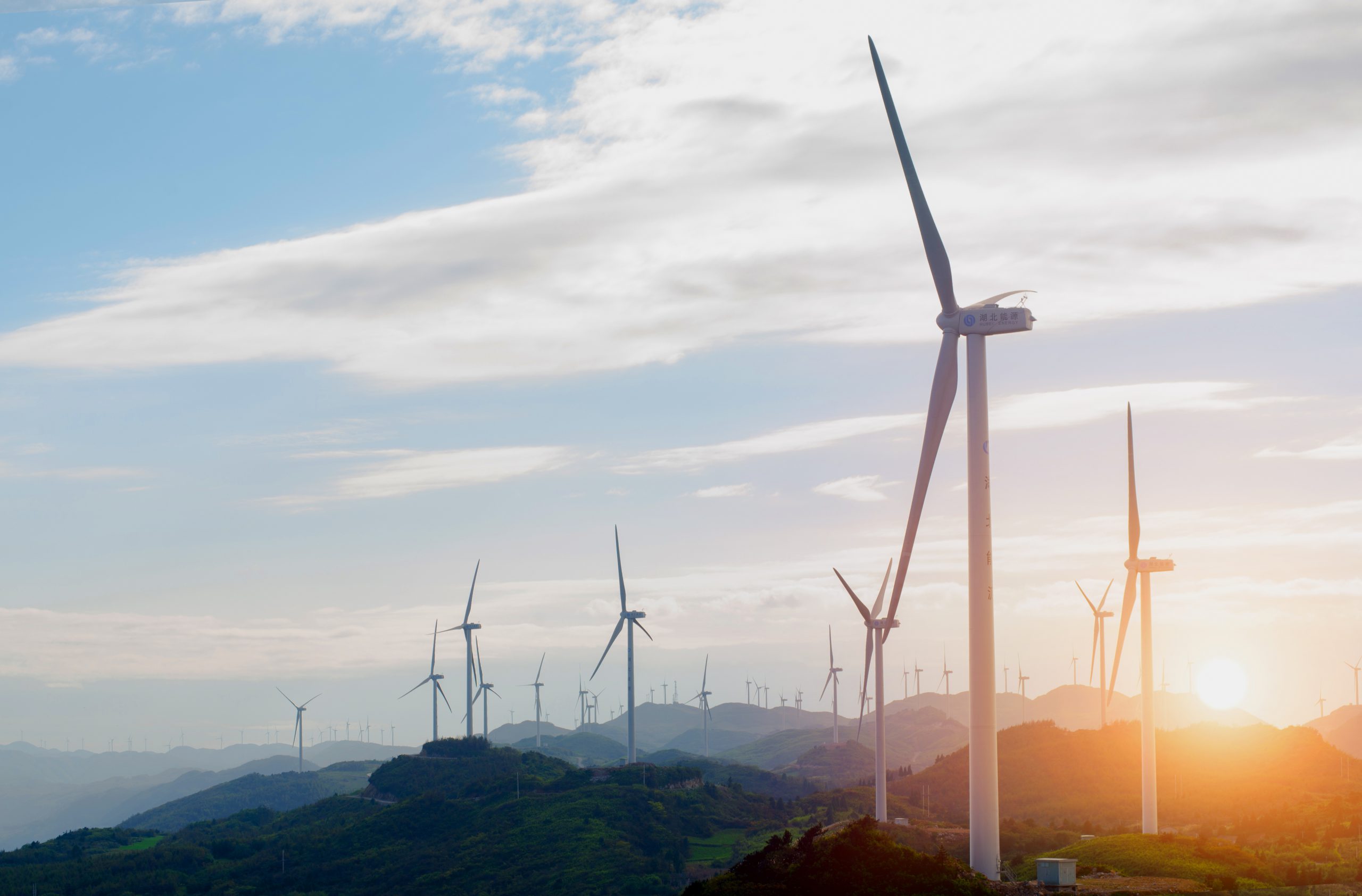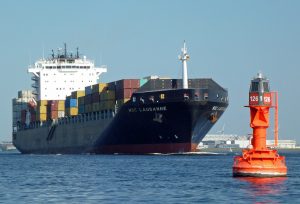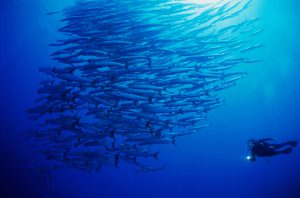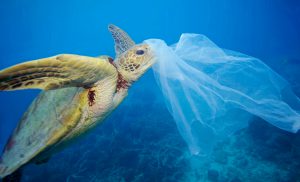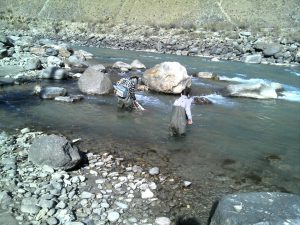With the devastating extreme weather events in the southern United States, the Caribbean, and elsewhere this year, it is ever more vital that, while providing humanitarian support and restoring communities, we do not lose sight of innovative solutions to cutting CO2 that can help reduce the long-term risk from such crises.
Solar power and energy storage innovations are advancing steadily and will be an important part of our tool kit. However, far too little attention has been paid in the climate change debate to what is happening in our seas and the technology that is being employed there.
The ocean, which covers 71% of the planet, is a global, interconnected ecosystem that is closely intertwined with our planet’s climate system. For example, ocean phytoplankton produce more than 50% of our oxygen, and the ocean absorbs more than 25% of the anthropogenic CO2, and 90% of the excess heat emitted annually into the atmosphere.
We can and must look beyond our current horizon to see the ocean as a source of solutions to the climate change challenges facing our planet. In particular, the ocean has enormous potential to help by producing low-carbon energy and by sequestering atmospheric carbon.
Offshore wind is proving itself as the energy source for changing electricity’s carbon footprint at scale and in time. Ocean winds blow harder, smoother, and steadier than land-based wind, providing higher potential for electricity generation. Globally, the offshore wind energy sector had nearly 13 gigawatts from 111 operating projects at the end of 2016. Projections for 2017 indicate expected global new capacity additions to be above the record of four gigawatts of new offshore wind installed in 2015.
The European offshore wind industry is more than 20 years old and has grown from less than three gigawatts in 2010 to a cumulative installed base of more than 11.7 gigawatts in 2016, and new markets in the United States and Asia are coming on strong.
The European Union (EU) has a target of 40 gigawatts of offshore wind power capacity by 2020 and 150 gigawatts by 2030. Investing in what it takes to advance offshore wind rapidly and at scale is clearly a global ocean priority.
Meanwhile, below the surface, the world’s ocean waves, currents, tides and temperature gradients are estimated to potentially provide 20,000 terawatt hours of electricity per year — more than the entire current global generation capacity.
Many devices are being tested, but the engineering challenges for technology to survive for long periods in the harsh marine environment present challenges. Tidal and wave energy are those poised to provide the most significant contribution in the short- to medium-term. Some of the greatest potential and need for ocean energy is in the Northeast Atlantic, with Europe hosting most of the global developers (52% of tidal stream and 60% of wave energy developers). Ocean energy is a major strand in the long-term tapestry of low-carbon energy, but much needs to be done to bring these sources to the energy pipeline.
All the while, CO2 levels have continued to rise. The Paris Agreement requires negative emission technologies (NETs) to remove CO2 from the atmosphere to a safe and environmentally sound storage in order to meet planetary safe limits.
Although there is much attention paid to potential land-based NETs, evidence that the ocean is the dominant player in global carbon cycling and storage means that ocean-based NETs must be given serious consideration for the great three-dimensional mass of the global ocean as a formidable opportunity to capture CO2in the service of humanity’s ever more urgent carbon mitigation gap.
The ocean and its ecosystems already capture nearly a quarter of human-produced CO2. Some of this carbon is picked up by organisms through photosynthesis and later stored in sediments. Figuring out how to maintain and enhance the ocean’s ability to appropriately absorb carbon from the atmosphere is one of the most pressing immediate climate change science and policy challenges.
Close to shore, healthy mangrove forests, tidal marshes, and seagrass meadows can play a significant role in sequestering atmospheric CO2 as “blue carbon”. These ecosystems are also a critical habitat for ensuring coastal resilience to extreme events, creating an important “win-win” opportunity waiting to be harnessed.
Unfortunately, approximately 1.5% of global blue carbon ecosystems are destroyed each year, meaning the services of these ecosystems are lost. They can then become a significant source of greenhouse gas emissions, as locked up carbon is suddenly released. Maintaining or restoring blue carbon ecosystems is a simple and effective method for combating climate change and creating opportunities for carbon offset credits and investment in both carbon sequestration and coastal resilience.
Chemical and biological ocean NETs are being explored, including: ocean alkalinity shifts (introducing bicarbonates); direct CO2 injection (seabed and water column); growing seaweed for deep ocean deposition; and adjusting ocean primary productivity (e.g. artificial upwelling, addition of macronutrients — nitrogen and/or phosphorus — addition of trace elements such as iron and silicon, enhanced light penetration, promoting the growth of nitrogen fixing cyanobacteria).
Major efforts are needed to rapidly, but carefully, evaluate ocean NETs, e.g. determining the status and impact of potential ocean NETs; identifying research gaps and unknowns; reviewing the cost of implementation; reviewing the legal framework; and exploring the conceptual design of a future multipurpose ocean NET station for capturing CO2, producing food, generating power, and hosting with other ocean uses.
The World Ocean Council (WOC) is bringing together science, policy, business, and other interests to enhance co-ordination and exchange among researchers, private enterprises, and public bodies to help the world advance low-carbon energy from the ocean and develop blue carbon and ocean NET solutions.
This blog was first published in The Chronicle Herald
